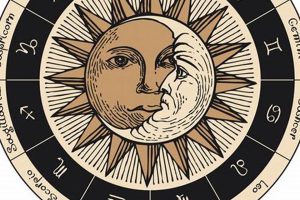
In astrology, the placement of the Sun and Moon at the time of birth holds significant meaning. The Sun’s position represents one’s core identity, basic personality traits, and overall life purpose. It... Read more »

In astrology, the combination of one’s Sun, Moon, and Ascendant (Rising) signs forms a core personality profile. The Sun sign reflects the core identity, ego, and basic drive. The Moon sign represents... Read more »
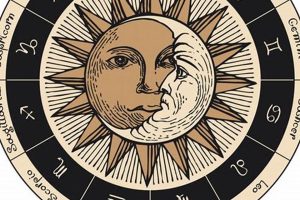
In astrology, the positions of celestial bodies at the time of birth are believed to influence personality and destiny. Two of the most significant placements are the locations of the Sun and... Read more »

In astrology, the zodiac sign occupied by the Moon at the time of an individual’s birth is considered a significant factor in personality analysis. This placement reveals emotional responses, instinctive reactions, and... Read more »

The cyclical progression of the Moon through its various illuminated stages, as viewed from Earth, holds symbolic meaning in astrology. Each stage, from the dark of the New Moon to the fullness... Read more »

In astrology, the lunar cycle culminates in a luminary’s opposition to the sun, as viewed from Earth. This celestial alignment is recognized for its perceived influence on emotions, intuition, and inner reflections.... Read more »
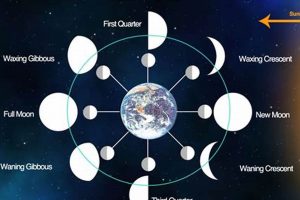
In astrology, the lunar cycle is divided into eight phases, each carrying unique symbolic meaning. The phase following the new moon is termed the “waxing crescent,” where a sliver of the moon... Read more »

In astrological practice, Luna represents the emotional nature, inner world, and instinctive reactions of an individual. Its placement within a birth chart describes how one processes feelings, experiences security, and responds to... Read more »
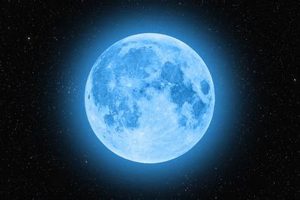
A supermoon occurs when a full moon coincides with the moon’s closest orbital approach to Earth (perigee), making it appear larger and brighter than usual. A blue moon is the second full... Read more »
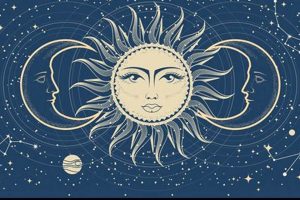
In astrological practice, the positions of celestial bodies at the time of an individual’s birth are believed to influence personality and life path. Combining analysis of both solar and lunar placements provides... Read more »


